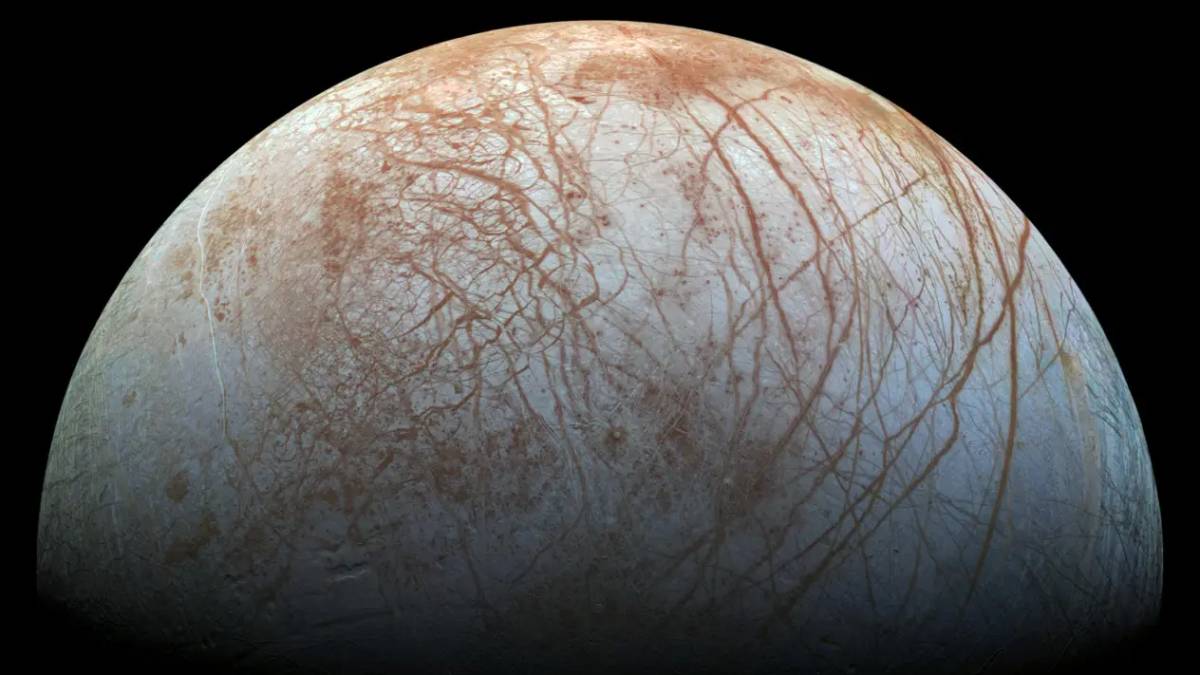NASA’s Juno spacecraft shared some phenomenal images of Jupiter and revealed close-up images of Io, Jupiter’s innermost Galilean moon, revealing unprecedented details of the solar system’s most volcanically active celestial body. The images showcase Io’s landscape dominated by volcanic features, including lava lakes and extensive plumes of gas and molten rock. The surface is intricately detailed with volcanic craters, and the radiant glow of flowing magma bathes the moon.
A notable feature captured in the close-up photo is a massive plume located on Io’s left side, just below the terminator, which means, the boundary between day and night. Soaring nearly 200 miles above Io’s surface, this towering plume serves as a visible manifestation of the moon’s intense geologic activity.
In contrast to its Galilean counterparts with icy crusts and subsurface oceans, Io stands out with its hostile environment featuring scorching molten silicate lava lakes. Devoid of water, Io’s unique appearance is shaped by the presence of sulfur and other volcanic materials, resulting in a vivid and colorful exterior.
These recently captured images by Juno provide scientists with an unparalleled view of Io’s alien landscape, offering valuable insights into the intricate processes that govern the moon’s geology. Juno’s ongoing mission, initiated in 2016 upon reaching Jupiter, continues to be a vital source of data about the gas giant and its moons, enhancing our understanding of the dynamic interactions within our solar system.




